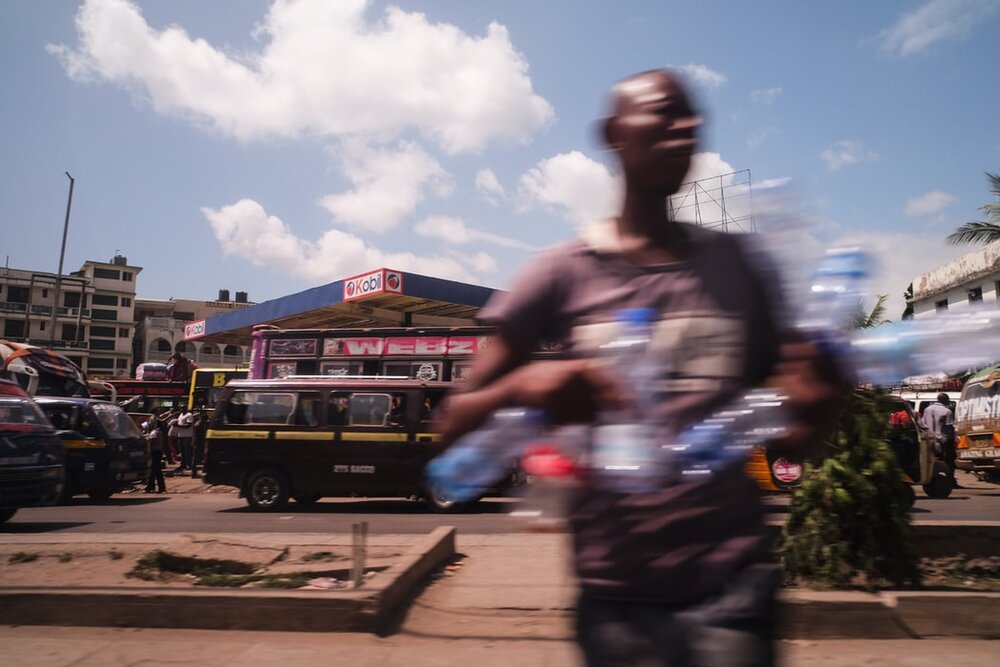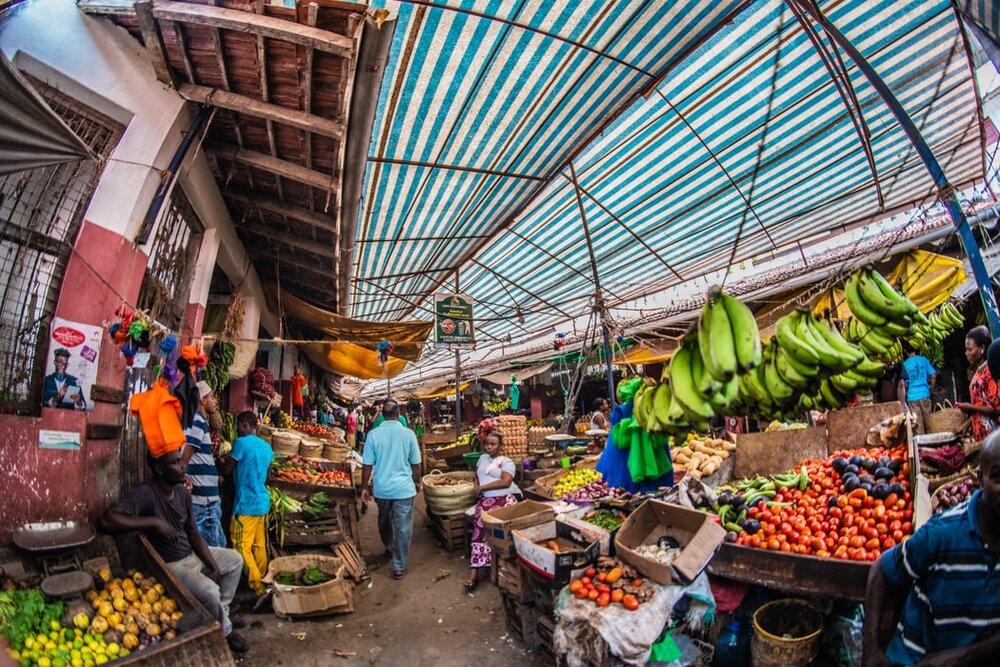Agriculture in Kenya Overview
Agriculture is key to Kenya’s economy. The industry contributes to 26 per cent of the Gross Domestic Product (GDP) and another 27 per cent of GDP indirectly through linkages with other sectors. The sector employs more than 40 per cent of the total population, mostly women and youth, and more than 70 per cent of Kenya’s rural people. Agriculture accounts for 65 percent of the export earnings, and provides livelihood in the way of employment, income, and food security needs for more than 80 per cent of the Kenyan population.

Barriers
Many of the smallholder farmers suffer from affordability barriers when it comes to acquiring goods and services needed in their activity. Prospects and clients of the service providers usually belong to low-income farmer groups with no access to structured finance or with limited access to micro-loans. The micro-lending environment in Kenya has progressed substantially over the past 10 years. However, it is still perceived that the market is not very efficient. This translates to interest rates for the end borrowers, specifically smallholders, being far from competitive. In Kenya, it is not unusual for interest rates to exceed the 30% yearly compounded interest rate mark which drives a wedge in the affordability issue.
High interest rates
High interest rates stifle the economic growth and development of nations and individuals alike. These prices, without question, lock most individuals out of the market. These rates severely impact smallholder farmers and small businesses alike. Yet, millions of Kenyans will not be able to help themselves out of poverty without access to customized loan products with low interest rates, business development services (BDS), coaching and flexible repayment schedules that take into account farmer’s income and crop cycles. Many smallholders are entirely excluded from the financial sector for two primarily reasons:
- Smallholders have not been reached by the informal or formal financial sector due to hard-to-reach locations or perceived levels of risk.
- Smallholders cannot service debt due to high interest rates. These rates often have Annual Percentage Rates (APRs) above 50%.
The vast majority of smallholder farmers in Kenya therefore cannot access loans to grow their family farms and improve their livelihoods. High interest rates significantly limit financial access. Restricting access to the financial system breeds insecurity and widens the inequality gap.

Challenging Narrative
The development finance industry clings to the harmful mantra that the very poor and poor can pay high interest rates because the institutions that serve them operate in high-cost environments. While this viewpoint may have been appropriate in the past, it is no longer an operational reality. Technology has made the previous high-cost environment much less so for institutions as corresponding cost structures are significantly reduced. Profits, however, for everyone except the excluded poor have increased due to technological gains. In this fast-paced haze of technological advancement, it can be argued that development objectives have been obscured and at times, even lost.
Food Security
In Kenya, microfinance became accessible at the fingertips of most citizens’ through mobile payment technology. However, affordable finance has remained a major constraint to smallholder farmers. This restricts their access to essential farm inputs and assets needed to increase farm production efficiencies and improve Kenya’s food security. Apart from Singapore and Hong Kong, no country has achieved upper middle-income status without transforming its agricultural sector.
The vulnerability of Kenya’s food system has been further exposed due to the Covid-19 pandemic. The government, the private sector and the development sector must do more to strengthen the local resilience of smallholder farmers who produce more than 75 percent of the food consumed in the country, to build greater resilience into Kenya’s food system and the general livelihoods of its young population.

Since millions of Kenyan citizens depend on agriculture for income and food security, the country’s economic growth, therefore, depends on enabling smallholder farmers to achieve food security and contribute more fully to the economy. Opening access and affordability for agricultural finance to smallholder farmers would greatly accelerate Kenya’s quest for attaining food security and in becoming a truly middle-class society.
